BALCONY HOUSE, a House with Platforms
The structure by Takeshi Hosaka Architects features balconies, which are integrated as interior architectural elements in their own right.
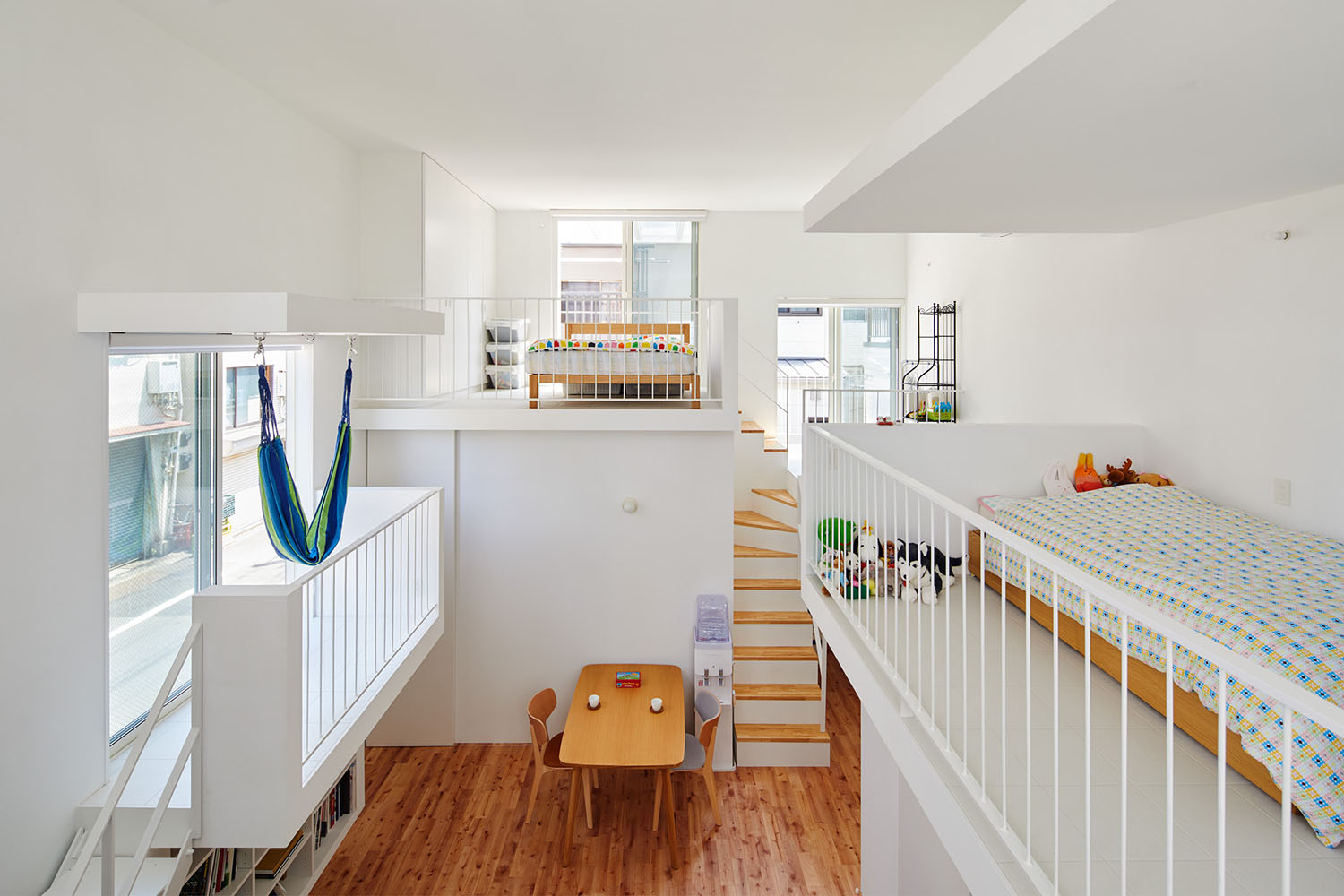
© KOJI-FUJII Nacasa Partners Inc.
While observing life in the district of Taito-ku, north-east of Tokyo, the firm Takeshi Hosaka Architects imagined what would a few months later become BALCONY HOUSE. ‘All the houses had balconies. They were a real place and a tool for communication with the city and neighbours,’ explains architect Takeshi Hosaka in the press release. ‘So I installed windows on all four sides of the house and put large and small balconies on the outside, but also on the inside of the windows, to make them into places for activities.’
Suspended islands
Thus, inside this 73 m2 space designed for a couple and their children, various living spaces were created in the form of small islands: a balcony serving as a platform for the parents’ bed, one for the children’s space, one for the spare room, another with a hammock, and one that serves as a utility room. There’s also a mini-balcony that acts as an access point to the terrace, situated at the top of the building.
The distribution of the different platforms separates the spaces for each member of the family without losing the link between them, as none of the rooms is surrounded by four walls. The activities are spread over different levels, the ground floor being reserved for the bathroom and living/dining room, where all the family can get together.
It’s a rather large house, in contrast to the more minimalist projects worked on by Takeshi Hosaka’s firm, such as LOVE HOUSE and LOVE2 HOUSE.
BALCONY HOUSE (2017), a project by Takeshi Hosaka Architects, is visible on their website.
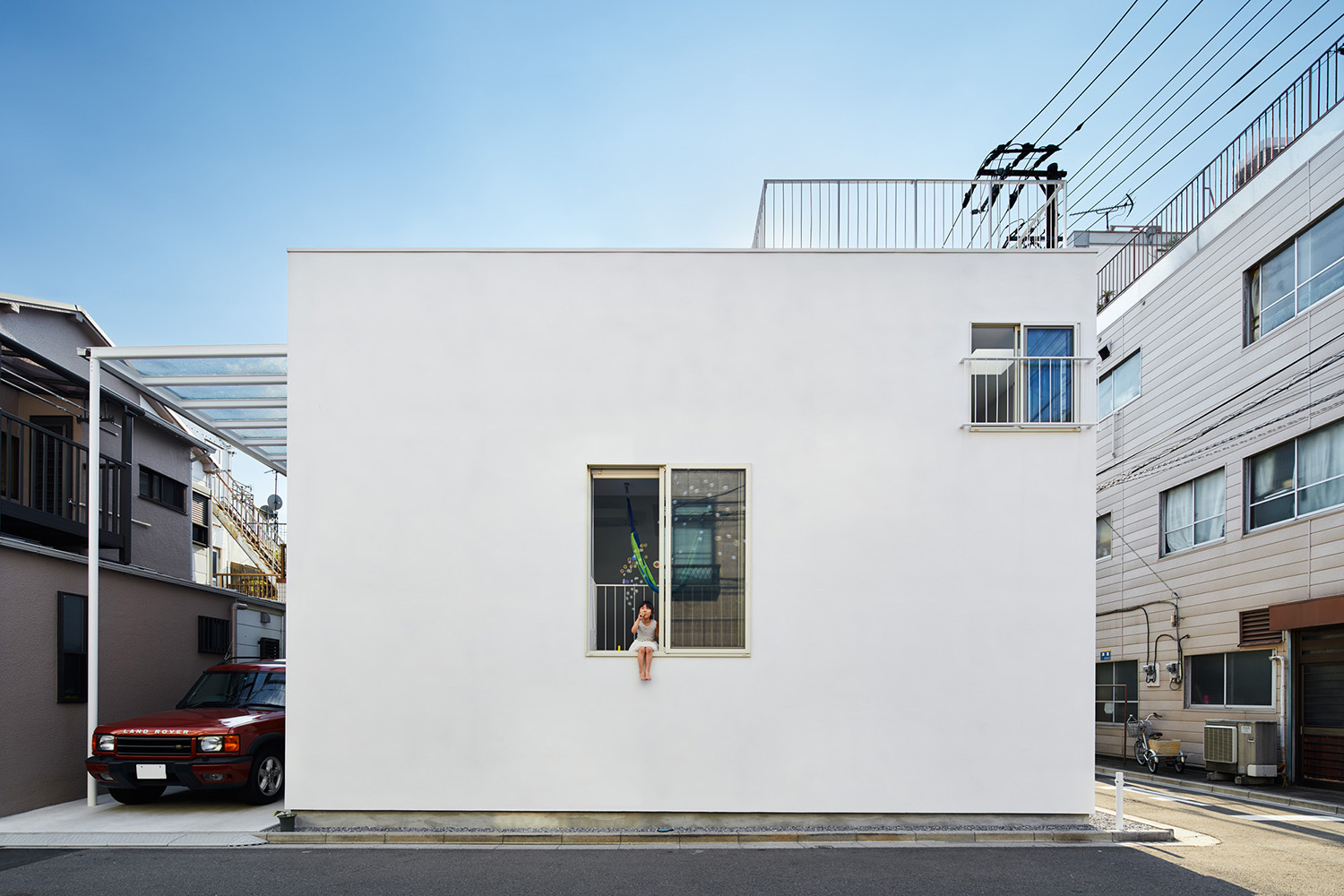
© KOJI-FUJII Nacasa Partners Inc
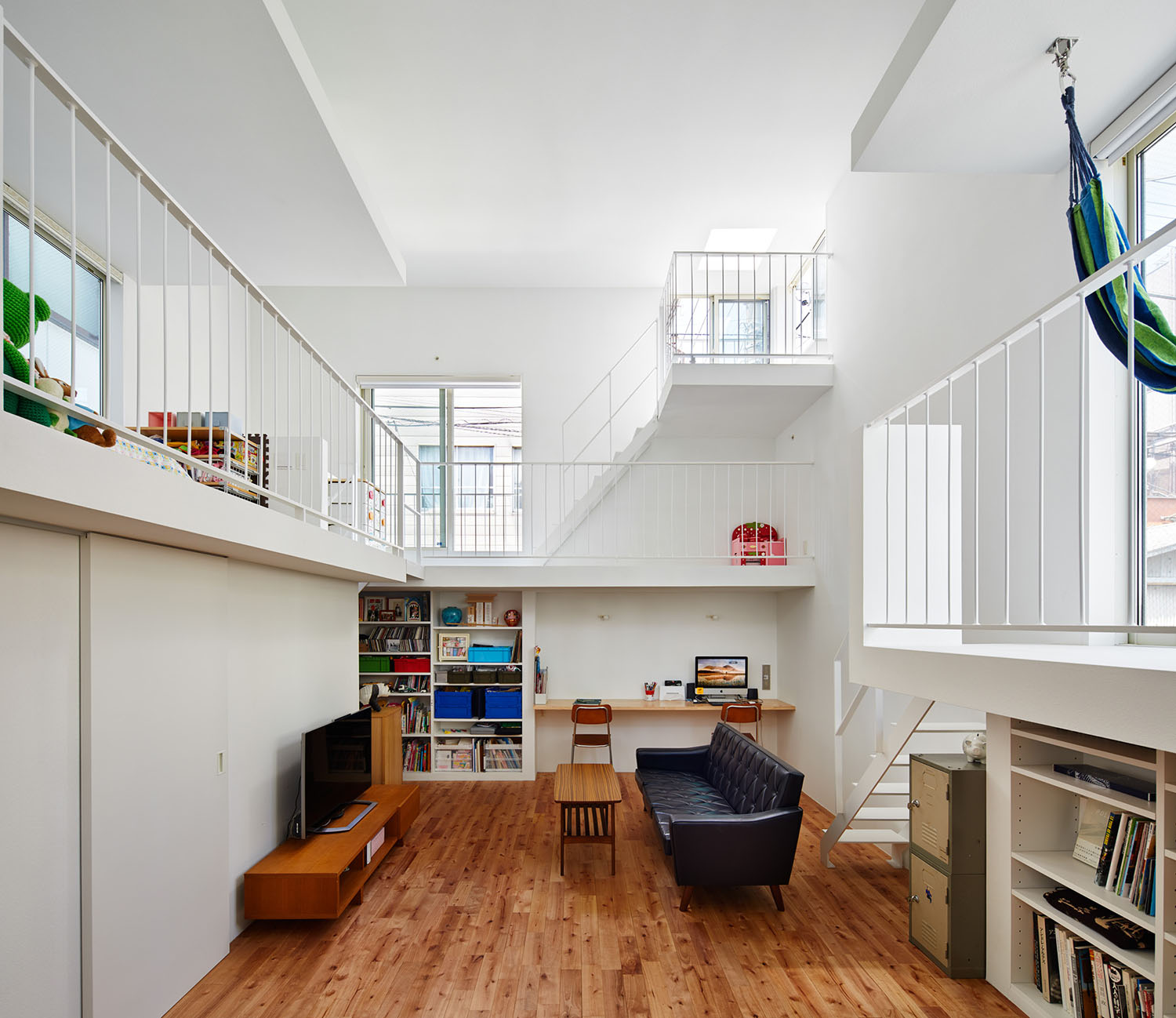
© KOJI-FUJII Nacasa Partners Inc.
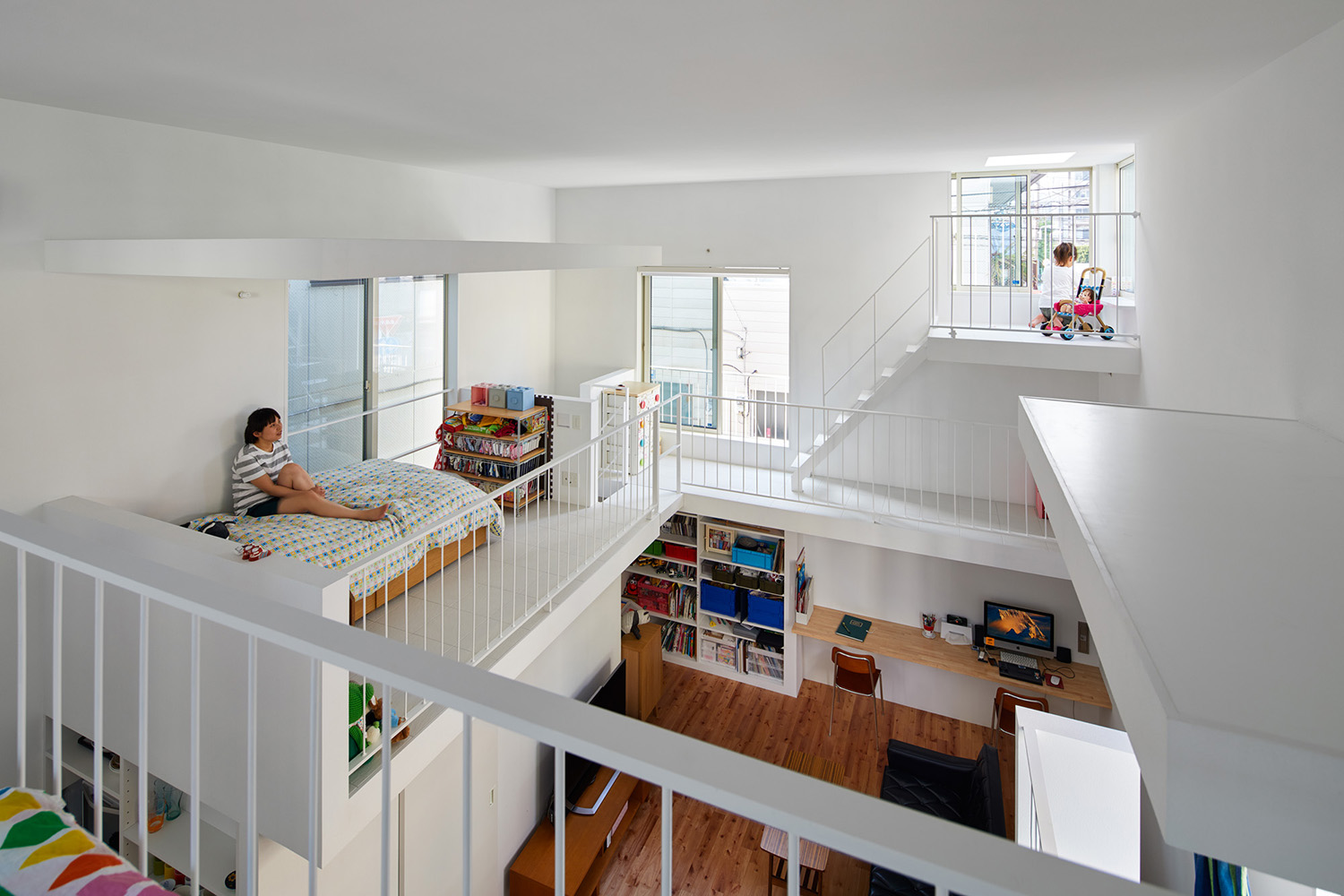
© KOJI-FUJII Nacasa Partners Inc.
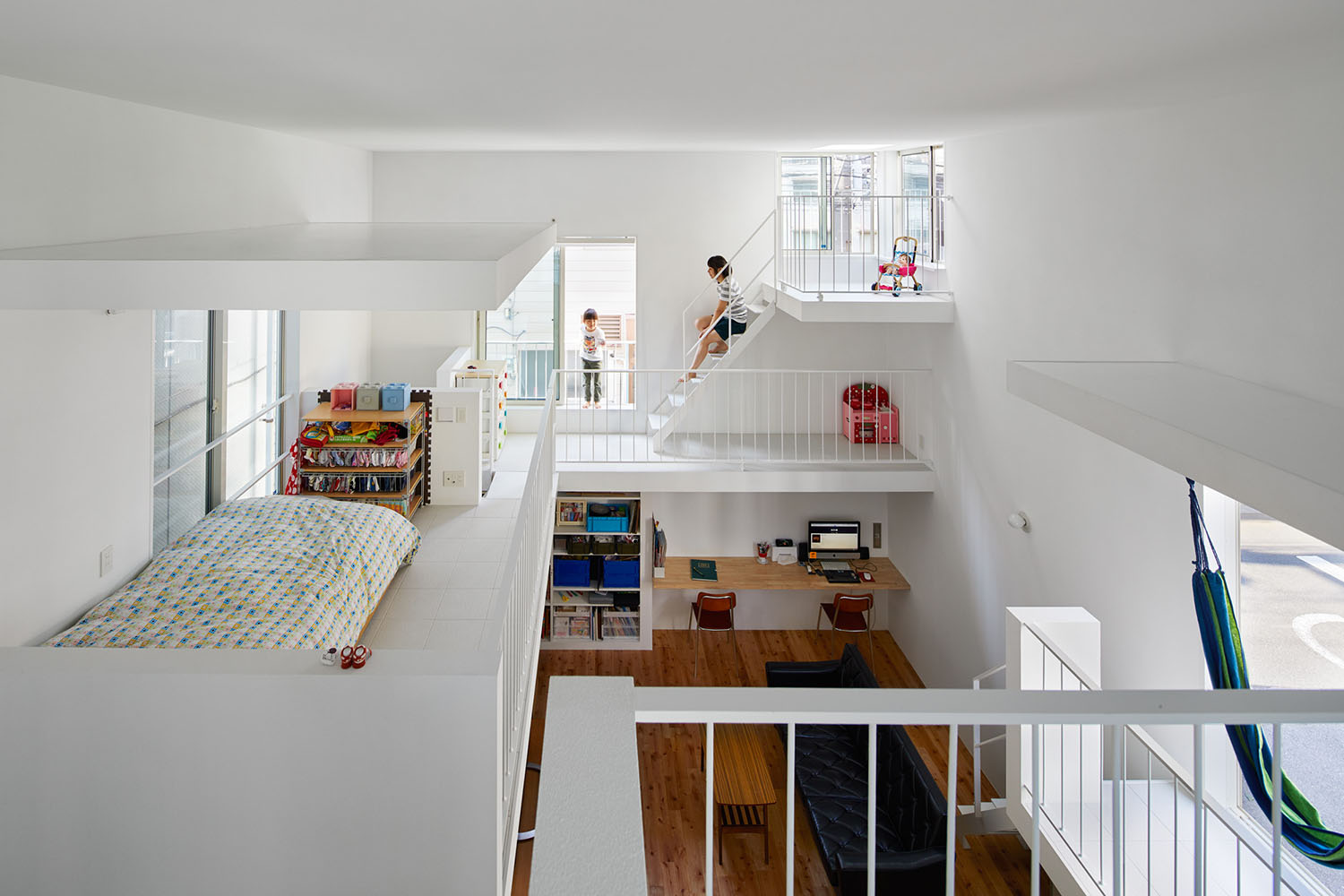
© KOJI-FUJII Nacasa Partners Inc.
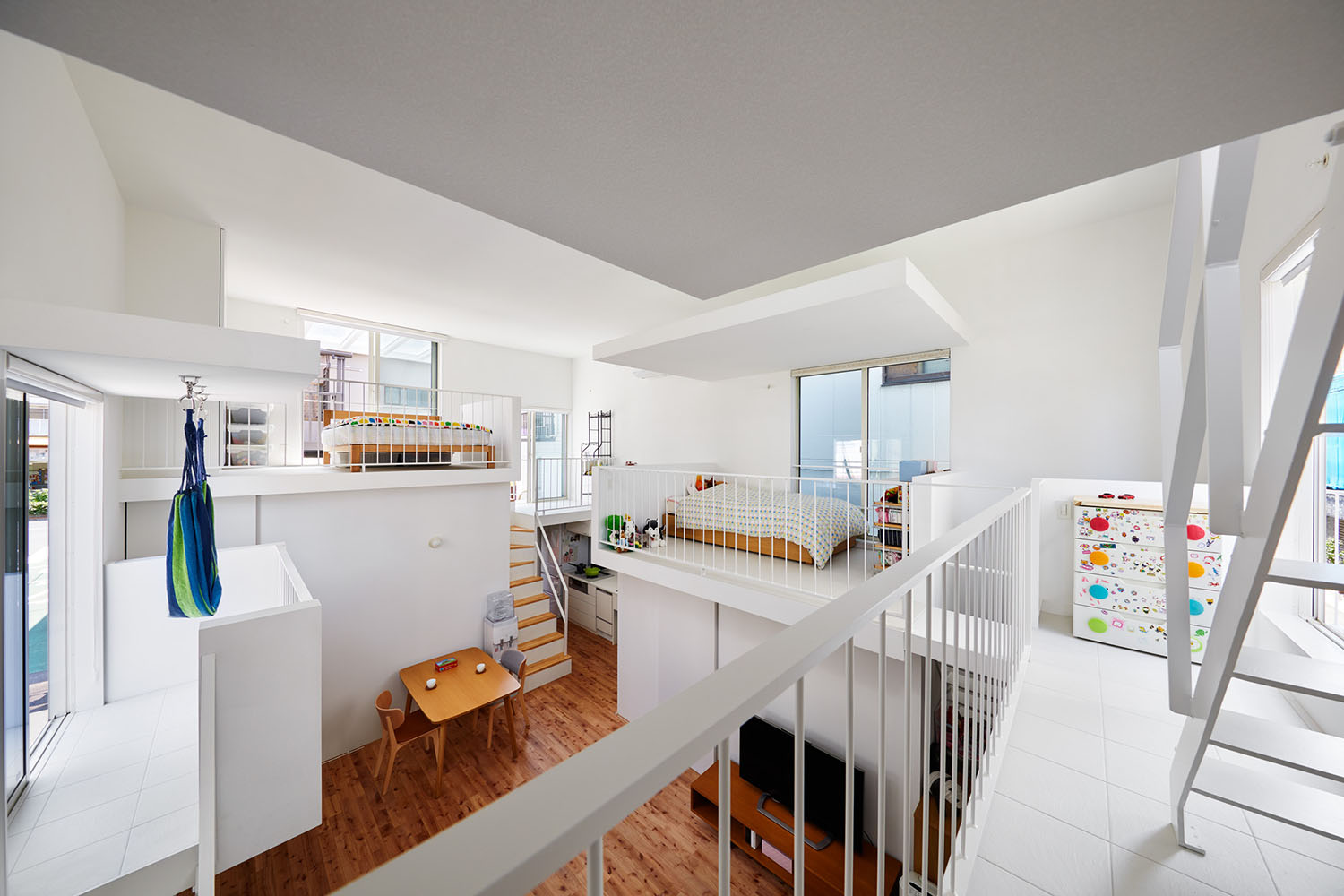
© KOJI-FUJII Nacasa Partners Inc.
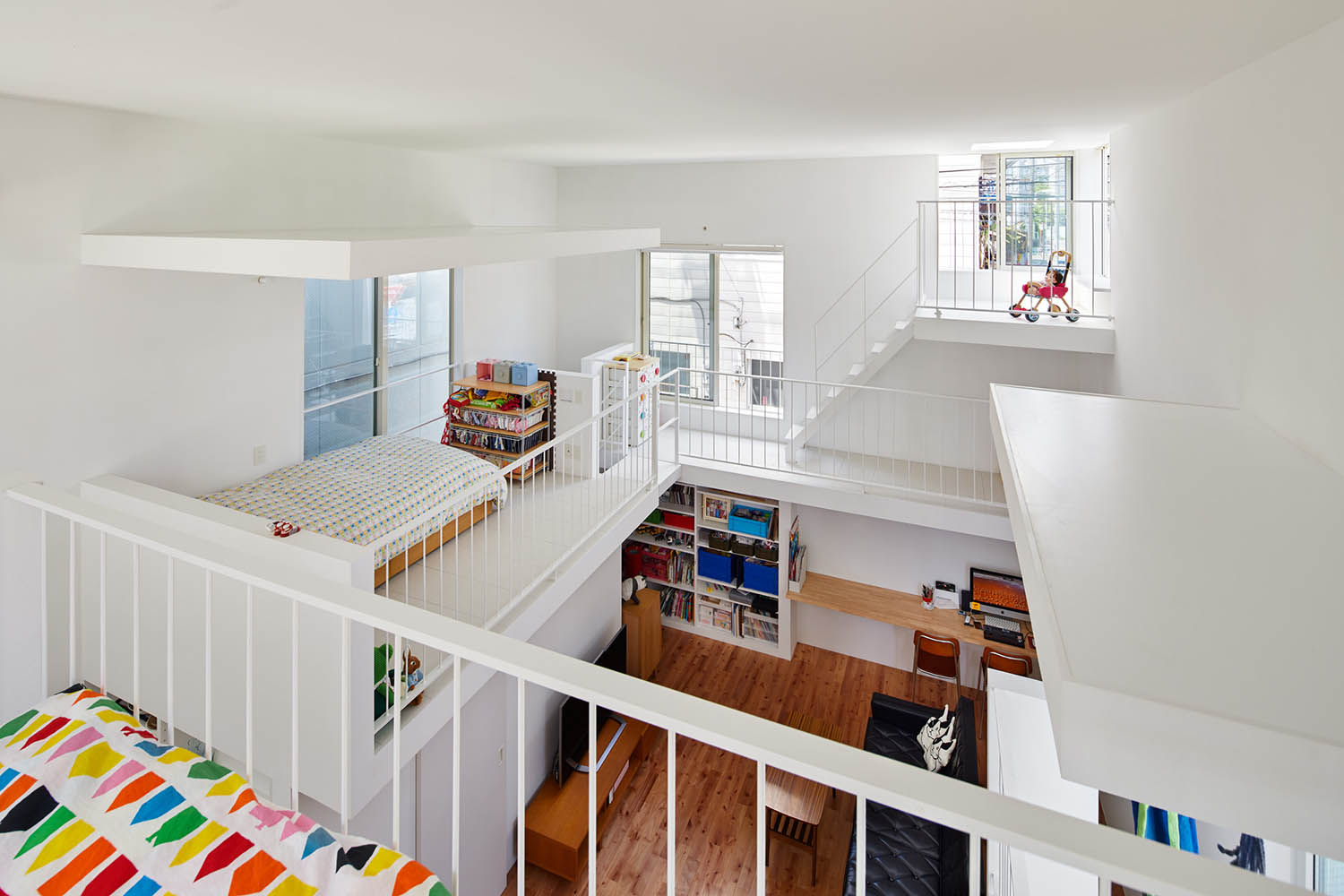
© KOJI-FUJII Nacasa Partners Inc.
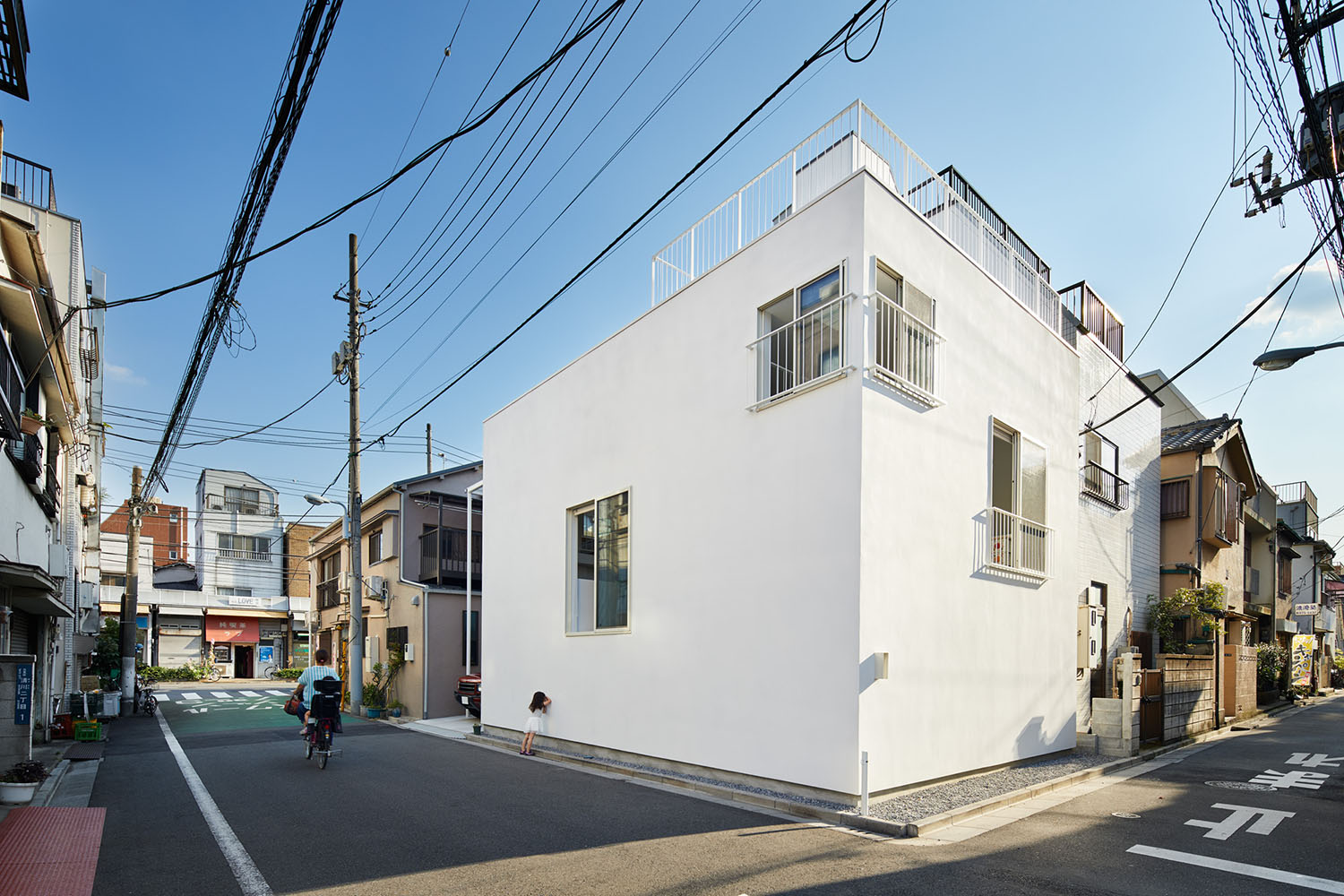
© KOJI-FUJII Nacasa Partners Inc.
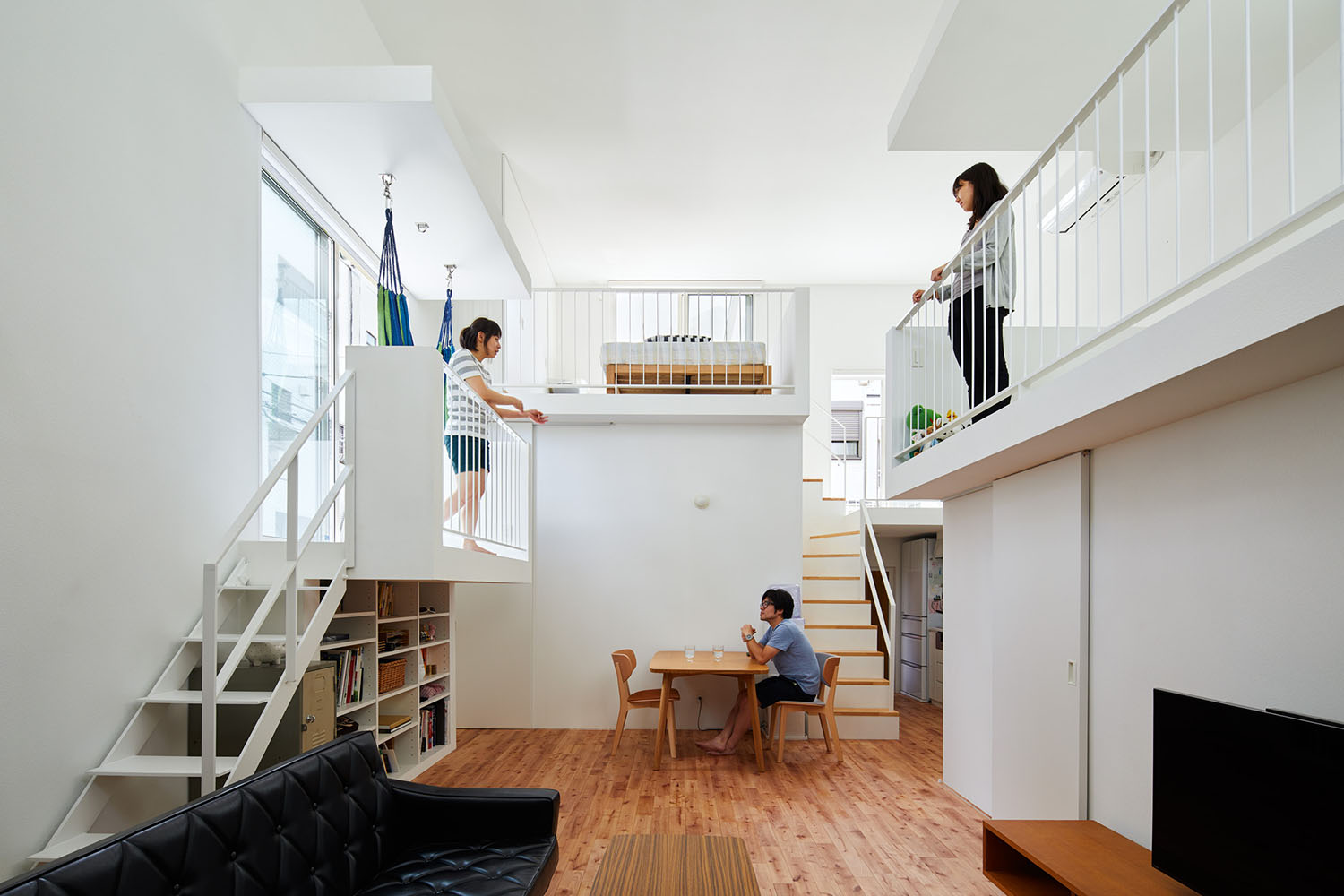
© KOJI-FUJII Nacasa Partners Inc.
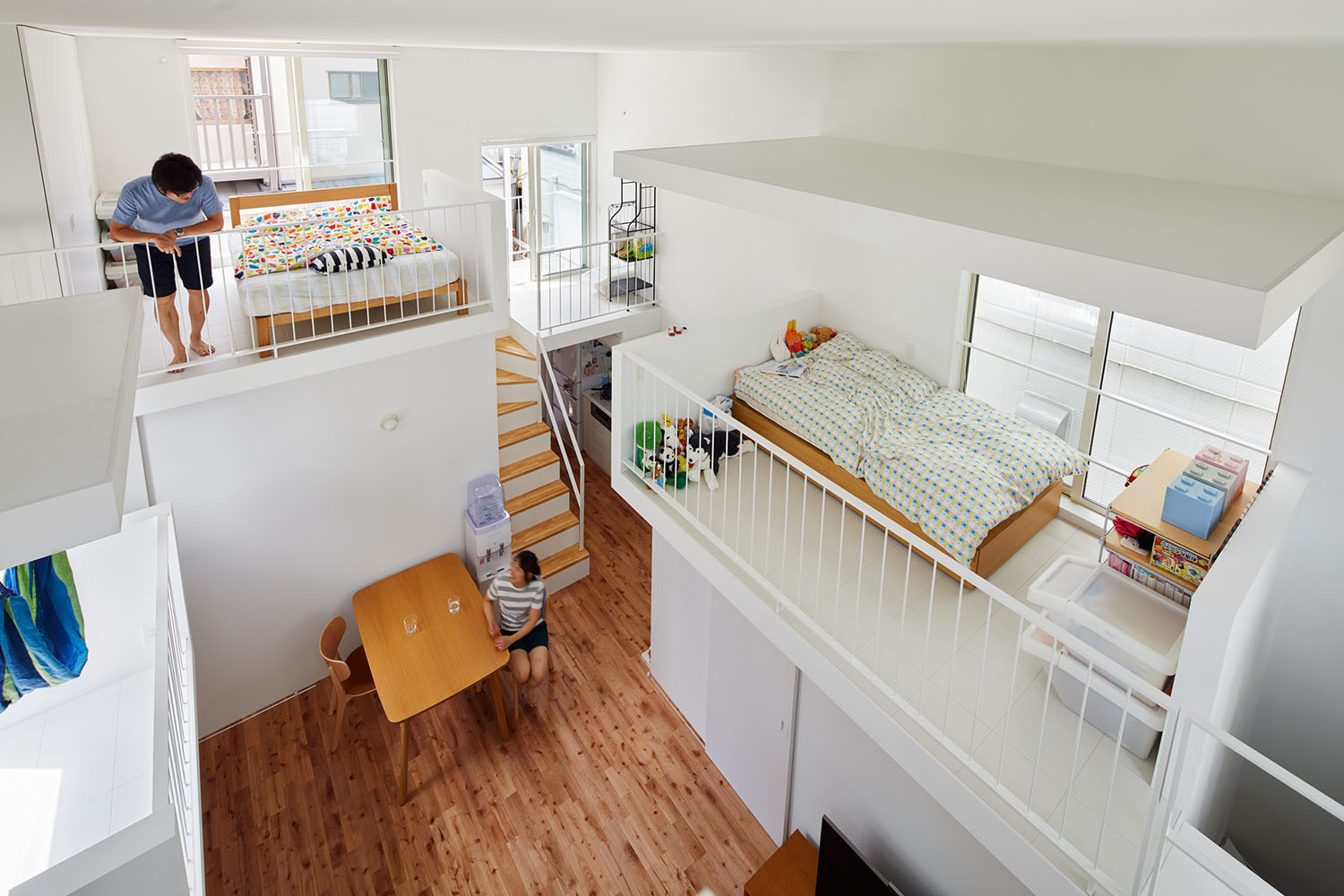
© KOJI-FUJII Nacasa Partners Inc.
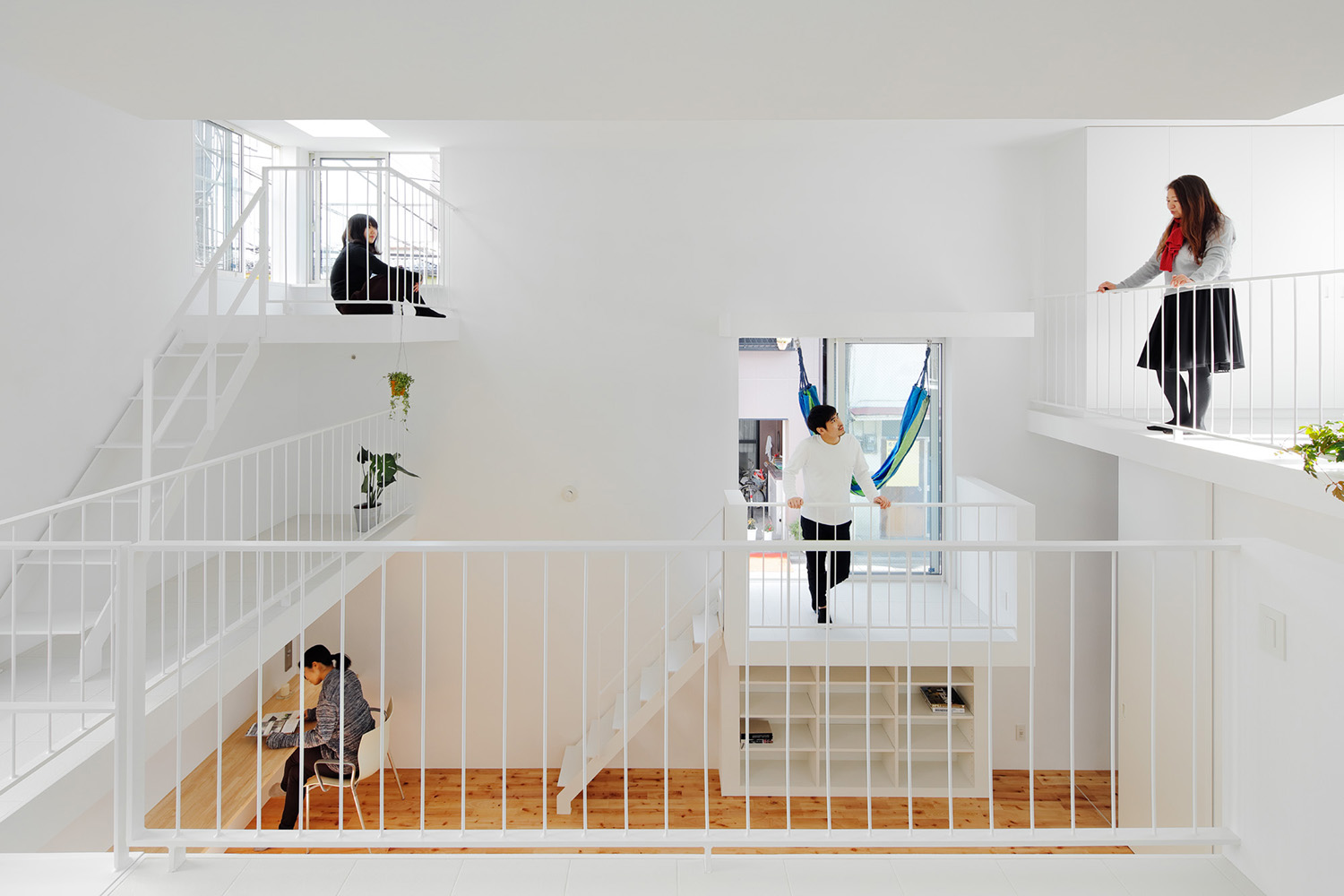
© KOJI-FUJII Nacasa Partners Inc.
TRENDING
-
The Tattoos that Marked the Criminals of the Edo Period
Traditional tattoos were strong signifiers; murderers had head tattoos, while theft might result in an arm tattoo.

-
Paris, Tokyo: Robert Compagnon
With his co-chef and talented wife, Jessica Yang, Robert Compagnon opened one of the top new restaurants in Paris: Le Rigmarole.
 3:31
3:31 -
The Story of Sada Yacco, the Geisha who Bewitched Europe
Described by Dazed magazine as the first beauty influencer, she has been restored to her former glory since 2019.

-
Ito Jakuchu's Naturalist Paintings
From 15 September until 14 October 2018, the Petit Palais showcased the artist's iconic ‘Images of the Colourful Realm of Living Beings’.

-
Chiharu Shiota, Red Threads of the Soul
Last year, more than 660,000 people visited the retrospective 'Chiharu Shiota: The Soul Trembles' exhibit at the Mori Art Museum.





